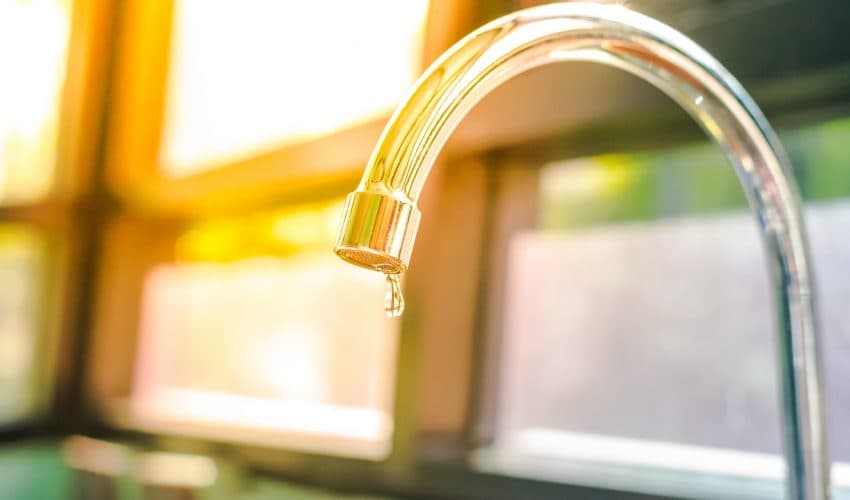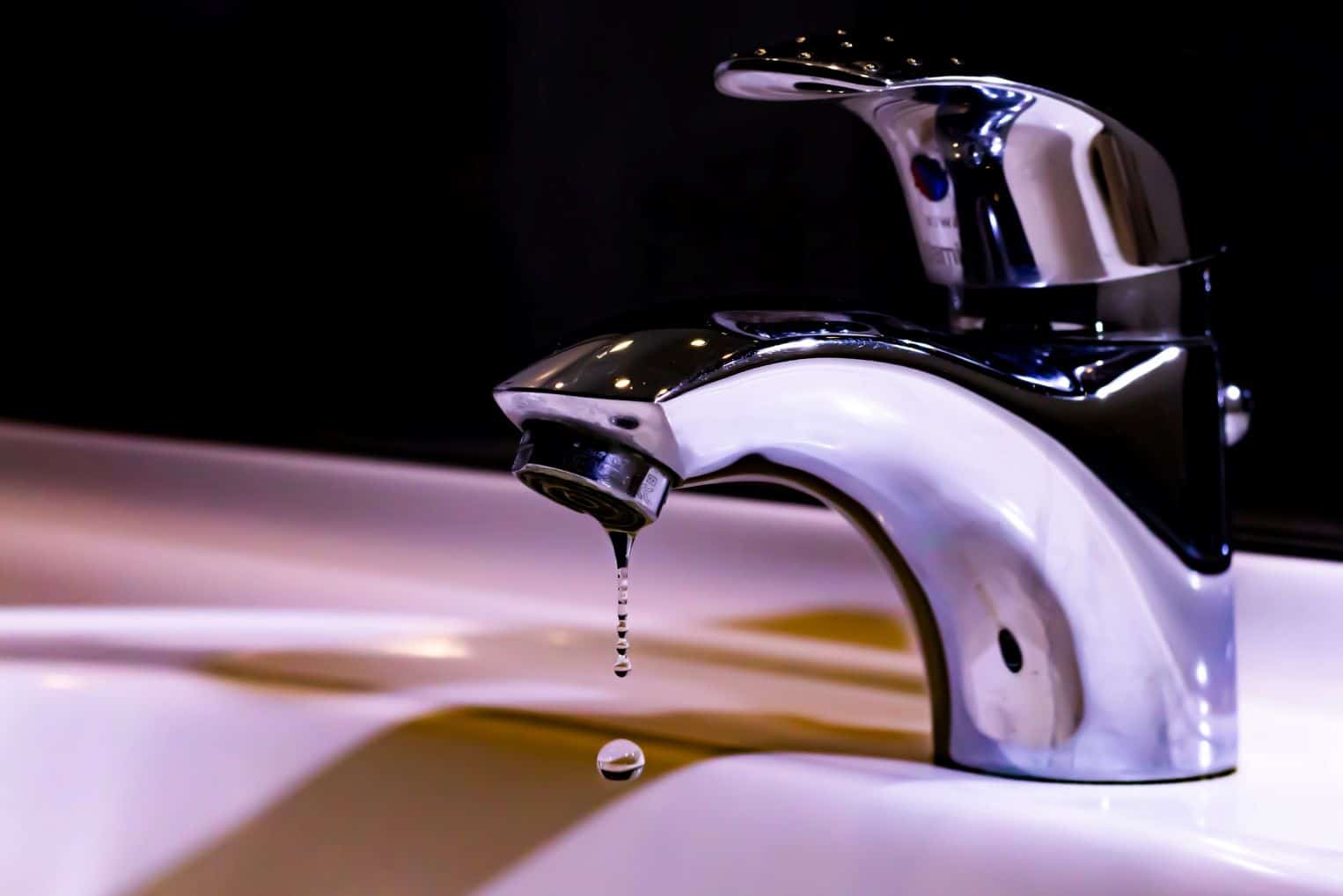How Leaky Faucets Might Affect You
How Leaky Faucets Might Affect You
Blog Article
Do you find yourself trying to find advice about Causes and Consequences of a Leaky Faucet?

Introduction
A leaking faucet may look like a minor annoyance, yet its effects expand far beyond the periodic drip. Comprehending the impacts of a leaky tap is vital for both house owners and the environment. In this article, we'll discover the various influences of this typical household concern and why addressing it without delay is vital.
Causes of Leaky Faucets
Leaking faucets can result from a selection of elements, including damage, high water pressure, and corrosion. Gradually, the consistent use of faucets can cause damaged seals and gaskets, creating leaks to develop. Furthermore, extreme water stress can place strain on plumbing fixtures, causing leakages. Rust and corrosion can likewise deteriorate tap elements, making them susceptible to leakage.
Water Wastage
Among one of the most substantial repercussions of a leaking faucet is water wastefulness. Even a small drip can amount to gallons of drainage in time. This not only increases water expenses but additionally adds to water scarcity and environmental destruction. Attending to leaky taps quickly is crucial for preserving this priceless resource and decreasing its effect on the earth.
Financial Effect
Along with wasting water, dripping faucets can likewise have a significant monetary influence. Enhanced water costs are a straight consequence of water waste, setting you back house owners thousands of dollars yearly. Additionally, the price of fixing water damages brought on by leakages can be substantial, especially if left unattended for a prolonged period.
Environmental Effect
The ecological effect of leaky faucets expands beyond water wastefulness. By saving water, property owners can contribute to wider initiatives to reduce water deficiency and protect natural ecological communities. Sustainable alternatives such as rain harvesting and water-efficient fixtures can additionally decrease the ecological footprint of house water usage.
Technical Solutions
Advancements in modern technology have caused the development of wise taps and water-saving devices that help lessen water wastefulness. Smart faucets utilize sensing units to identify motion and change water flow appropriately, lowering waste without giving up convenience. Water-saving devices such as aerators and low-flow showerheads are also effective in preserving water without endangering efficiency.
International Point of views
While leaking faucets may seem like a local concern, they add to wider global obstacles such as water deficiency and climate change. In areas already facing water anxiety, every drop counts, making leakage prevention and repair crucial. By embracing water-saving techniques and purchasing lasting innovations, homeowners can play their part in addressing these pressing international issues.
Regulative Steps
Federal government regulations play a vital duty in reducing the effect of leaking taps and advertising water preservation. From building codes that require water-efficient fixtures to water-saving rewards and refunds, policymakers have a variety of devices at their disposal. By carrying out and imposing these policies, governments can ensure that property owners prioritize water preservation in their day-to-days live.
Area Effect
Dealing with leaky taps needs collective initiatives at the neighborhood level. By elevating understanding about the relevance of water conservation and supplying resources for leakage detection and fixing, local authorities can encourage property owners to do something about it. Initiatives such as water-saving discount programs and leak detection projects can incentivize behavior modification and advertise liable water usage.
Situation Researches
Real-life examples of the effect of dripping faucets underscore the value of positive maintenance and prompt repairs. From water damages to escalating water expenses, the effects of disregarding leaks can be extreme. By sharing these study, homeowners can better understand the value of resolving leaking taps promptly.
Educational Campaigns
Educational projects play an important function in increasing understanding concerning the effects of leaky faucets and advertising water preservation methods. With workshops, seminars, and online sources, home owners can discover how to detect and fix leaks themselves. By encouraging people with knowledge and devices, educational projects can promote a society of accountable water use within communities.
Wellness Issues
Dripping faucets can produce helpful environments for mold and mildew and mold growth, presenting health risks to passengers. The visibility of mold can intensify respiratory system issues and allergies, especially in prone individuals. Furthermore, water damages arising from leakages can compromise the structural integrity of buildings and lead to costly repairs.
DIY vs. Specialist Fixing
When confronted with a dripping tap, house owners commonly question whether to try fixings themselves or work with a specialist plumber. While do it yourself repair services can conserve money, they might not constantly resolve the hidden problem successfully. Professional plumbing professionals have the know-how and equipment to detect and deal with leakages appropriately, making certain lasting options and assurance for homeowners.
Safety nets
Avoiding dripping faucets needs normal maintenance and proactive procedures. Simple tasks such as replacing worn-out washers and seals can stop leaks from developing. Furthermore, updating to top quality fixtures and minimizing water pressure can aid lengthen the life expectancy of taps and decrease the risk of leaks.
Final thought
To conclude, the effects of a dripping tap extend far past the occasional drip. From water wastefulness and raised water costs to health and wellness problems and ecological impact, the repercussions of disregarding leaks can be significant. By addressing dripping taps without delay and taking on water-saving techniques, house owners can minimize these impacts and contribute to an extra sustainable future.
Why You Shouldn’t Ignore a Leaky Faucet in Your Home
What Causes a Leaky Faucet?
Various factors can cause a leak, from loose and worn-out parts to corrosion. Your faucet has four essential components from which most plumbing issues will stem: the O-ring, the valve seat, the washer and the gasket.
What Is an O-Ring?
The O-ring is a stem screw that fastens parts of the faucet in place, preventing water from leaking out of the spout. Depending on your faucet type, the stem might have multiple O-rings. Water will drip from the faucet’s handles and base if this part breaks or deteriorates.
What Is a Valve Seat?
The valve seat controls the flow and temperature of the water. Found at the base of the handle, it works as a seal for the faucet’s stem. The valve seat ensures the water is allowed to flow or is blocked as the handles dictate. You’ll know it’s malfunctioning when water leaks from your faucet’s sides.
What Is a Gasket?
The gasket is found between the water inlet and the valve stem. It creates a seal between the faucet and the sink, holding its joints by aerators attached to the stem’s head. Water will trickle out from the base if the gasket isn’t working.
What Is a Washer?
The washer secures the handles and prevents leakage, serving a similar purpose to the O-ring. While the O-ring is ordinarily round and made from an elastic material, such as rubber, the washer is square-shaped and composed of brass, copper and other hard metals. If it malfunctions, corrodes or has been improperly installed, water will leak out of the handles, causing that incessant faucet drip.
Why Is a Leaky Faucet Dangerous?
A leaky faucet left alone for too long can have significant consequences.
Pest Infestations
Since bugs and rodents gravitate towards the scent of water, a leaky faucet will draw pests to your sink. Both are looking for leaks accessible through crawl spaces, which a faucet provides. If you leave water dripping for too long, you run the risk of an infestation.
Rust
If one of the faucet parts has started to corrode, the resulting rust can spread to your pipes and valves with startling speed. The rust might even lead to cracks or other impairments, resulting in more severe plumbing issues.
Your sink could also sustain damage from a leaky faucet. The water in your tap possesses sparse elements of calcium and iron that can stain your sink with repeated and prolonged exposure. Once those elements in the water have been open to the air for some time, your sink will start to rust, creating marks that can be difficult to remove.
https://www.tomsmechanical.com/blog/why-you-shouldnt-ignore-a-leaky-faucet-in-your-home

As an enthusiastic reader on Potential Health Risks Associated With Leaky Faucets, I assumed sharing that article was a good thing. Sharing is good. Helping others is fun. Many thanks for your time. Don't hesitate to come visit our website back soon.
Report this page